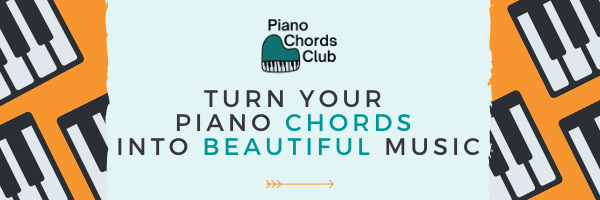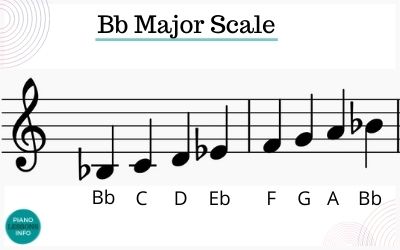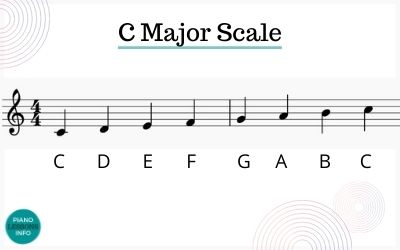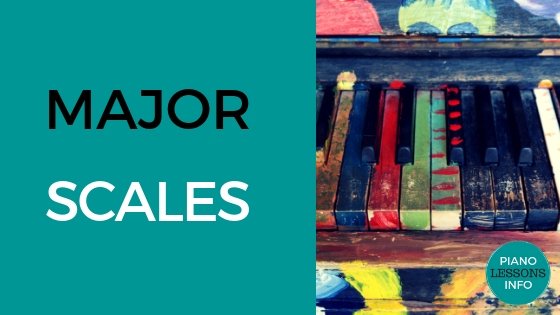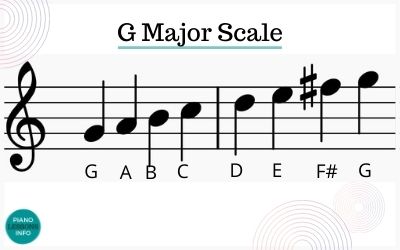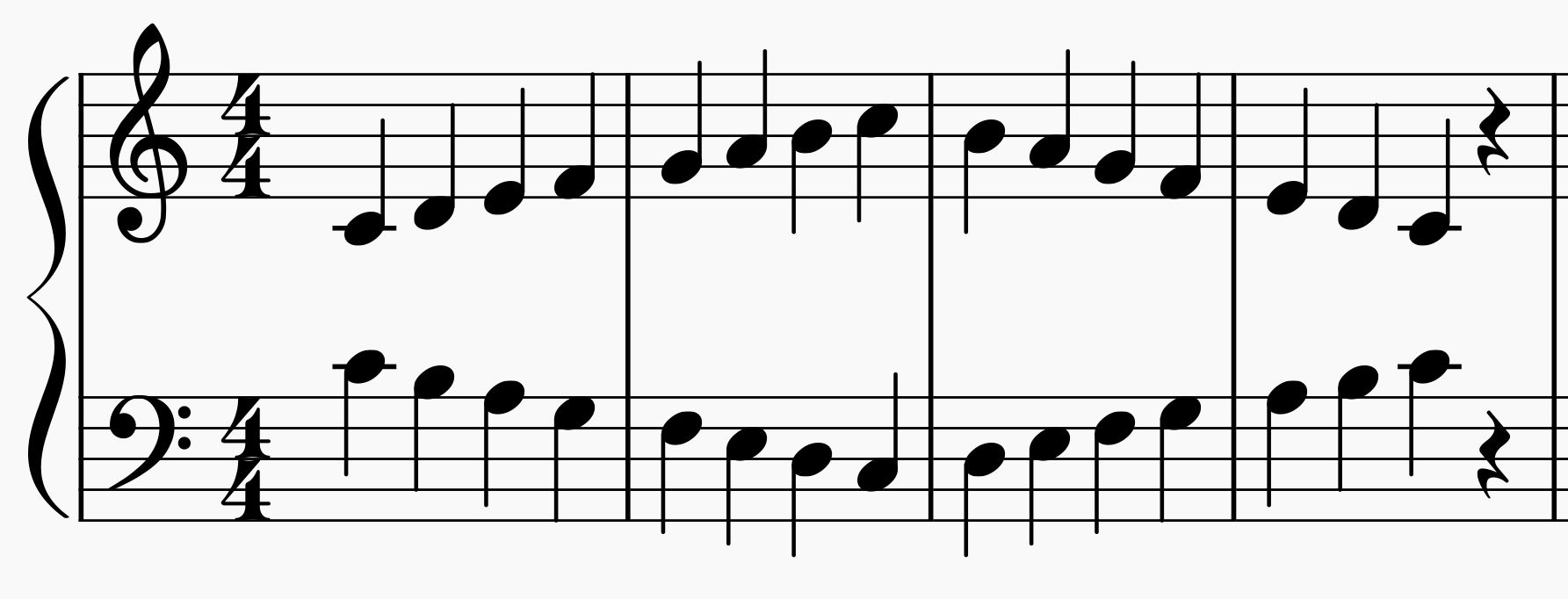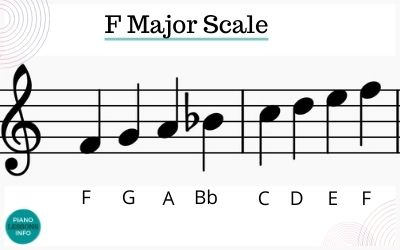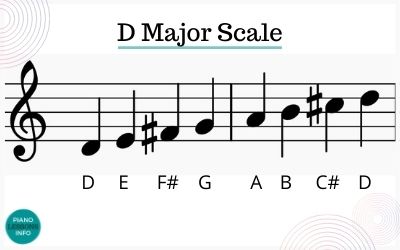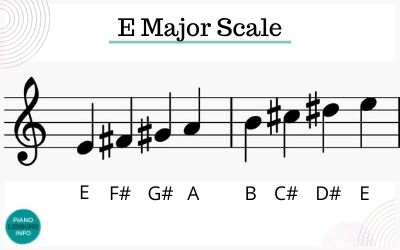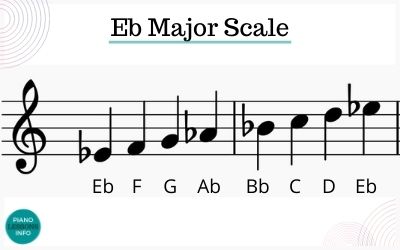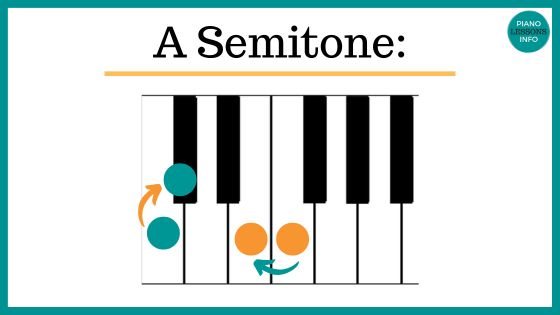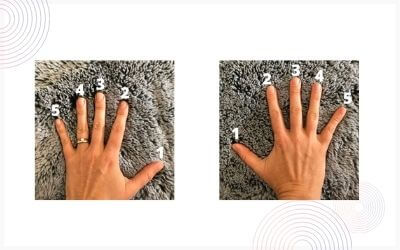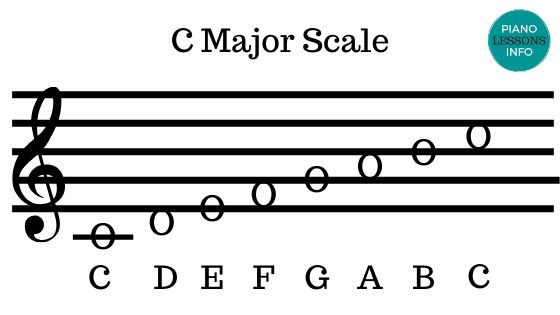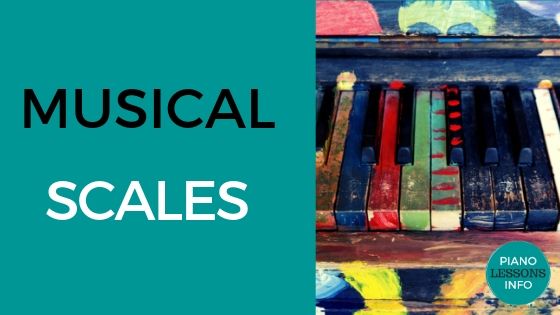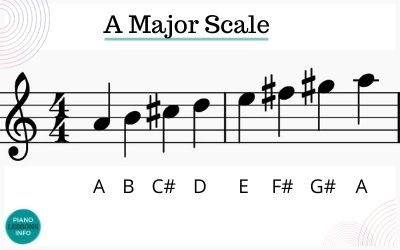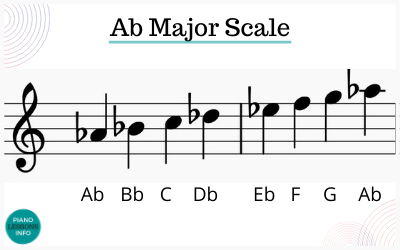What Are Major Scales: Explainer
Major scales are a fundamental building block of music. So if you're asking just what are major scales, it's important for you to know.
From a major scale you can understand keys or key signatures, have something to practice as a warm up, and they are also really great to know to help you figure out chords or when improvising.
Video Explainer: What Are Major Scales
The Pattern Behind It All
Like pretty well everything in music (aside from the expression and creativity used to play it), major scales are formed by a pattern. This pattern is based on whole tones and semi-tones.
On the piano, a whole tone is like C to D or E to F#. We skip a note in between.
A semi-tone is C to C# or E to F. It is the very next note, whether white or black.
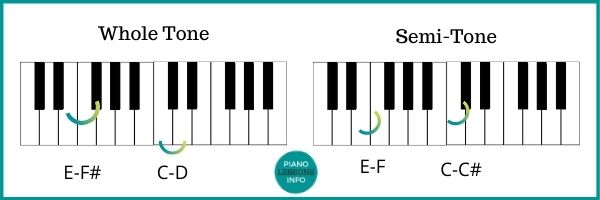
The Major Scales Pattern
The major scale itself is built off of a pattern of whole tones and semi-tones. Every major scale has this pattern, no matter which note on the piano you start with.
You can create a major scale by choosing any starting note and then using this pattern of whole tones and semi-tones.
(Note: WT = whole tone, ST = semi-tone)
The Major Scale Pattern:
WT - WT- ST - WT - WT- WT - ST
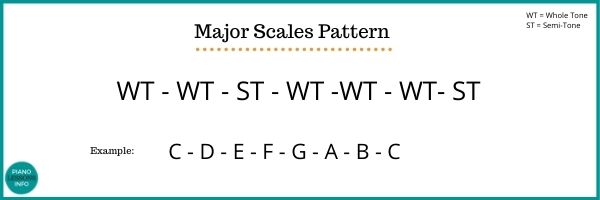
I've answered more on what is the formula for piano scales here.
The 2 Groups of Major Scales
Major scales come in two main groups - ones with sharps and ones with flats. C major however has no sharps and no flats.
There is a pattern for both groups of sharps and flats and a few different ways you can learn the patterns and which scales are in which key. If you've ever heard of the circle of fifths or circle of fourths, this is where that applies.
If you haven't heard of that, we'll work on that later.
Key point: major scales will have only sharps or only flats - never both.
When you learn major scales, you generally start with C and then a few of the easier ones from the major scale groups. By easier, I mean ones with less sharps and flats.
A major scale will have between 1 and 7 sharps or between 1 and 7 flats. (Except C, which has neither.)
Major Scales Have Specific Names
While you can technically build a scale starting on any note, there are specific major scales.
They are as follows:
C major scale (no sharps or flats)
Major Scales with Sharps:
- G major scale
- D major scale
- A major scale
- E major scale
- B major scale
- F# major scale
- C# major scale
Major Scales with Flats:
- F major scale
- Bb major scale
- Eb major scale
- Ab major scale
- Db major scale
- Gb major scale
- Cb major scale
The piano scales for beginners I recommend are C, G and D major to start with. You can also find the scale fingering for piano here.
So What Are Major Scales (Summary)
Major scales are a set of 8 notes created from a specific pattern of whole tones and semi-tones. Aside from C major, they will have either sharps or flats in the scale.
Where To Next?
If you're not sure if you should spend time learning scales, go to Why Learn Scales?
If you'd like to learn scales and aren't part of the 8 Weeks Major Scales Challenge, you can join in here.
Recent Articles
-
Piano Notes Chart
Nov 20, 23 10:21 PM
Find a piano notes chart for treble clef and bass clef notes as well as the different types of notes. -
D Chord on Piano + Diagram, How To & Theory
Oct 24, 23 12:20 AM
Learn how to play the D chord on piano with diagram, fingering, D/A, D/F# and a theory explainer. -
Diminished Piano Chords: Chart & How to Make Them
Oct 09, 23 09:23 PM
Learn the different diminished piano chords and how to make them. Here you'll find both a diminished chord chart and an explanation.
- Home
- Piano Scales
- What Are Major Scales



